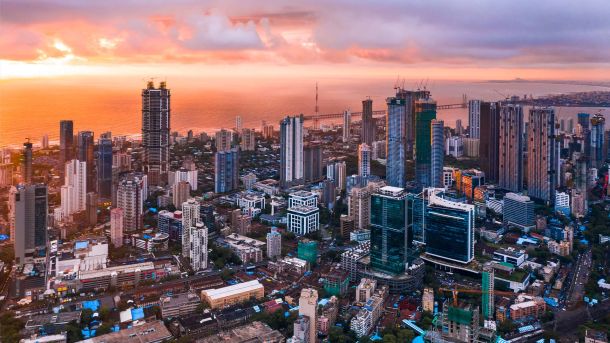
In 2024, manufacturing production increased by 0.8%, building on a 1.4% rise in September. This positive news comes despite relatively stable Purchasing Managers’ Index (PMI) numbers for the month.
The growth in production volumes can be attributed to several key factors:
- Petroleum and Chemical Products: There was a 4.5% increase in production, contributing 0.9 percentage points to overall manufacturing growth.
- Food and Beverages: This sector saw a 2.9% increase, adding another 0.7 percentage points.
- Basic Iron and Steel: Production expanded by 2.7%, contributing an additional 0.6 percentage points to growth.
However, the motor vehicles, parts, and accessories sector experienced the largest contraction, declining by 16.6% and reducing total output growth by 1.7 percentage points.
The seasonally adjusted value of sales in the manufacturing sector grew by 1.2% quarter-on-quarter in October. The primary factor behind this decline was the motor vehicles, parts, and accessories division, which fell by 8.0%, contributing -1.3 percentage points to the quarterly contraction.
As the most industrialized sector on the continent, the manufacturing sector is vital to the South African economy, providing approximately 1.6 million jobs and contributing about 12.5% to the country’s GDP. Growth in this sector is crucial for job creation and economic absorption. However, the latest employment statistics reveal a surprising decrease, with job numbers dropping from 1.655 million in the second quarter of 2024 to 1.635 million in the third quarter, despite rising PMI numbers.
Manufacturing business owners are remaining cautious, taking a “wait-and-see” approach towards investment and medium-term growth. Reports from the Reserve Bank and commercial banks indicate that corporate South Africa holds significant cash reserves, suggesting that companies are awaiting clarity from the Government of National Unity (GNU) regarding industrial policy and promised reforms. These reforms were highlighted by President Cyril Ramaphosa during the launch of Phase 2 at the Industrial Development Corporation (IDC) in October 2024.





